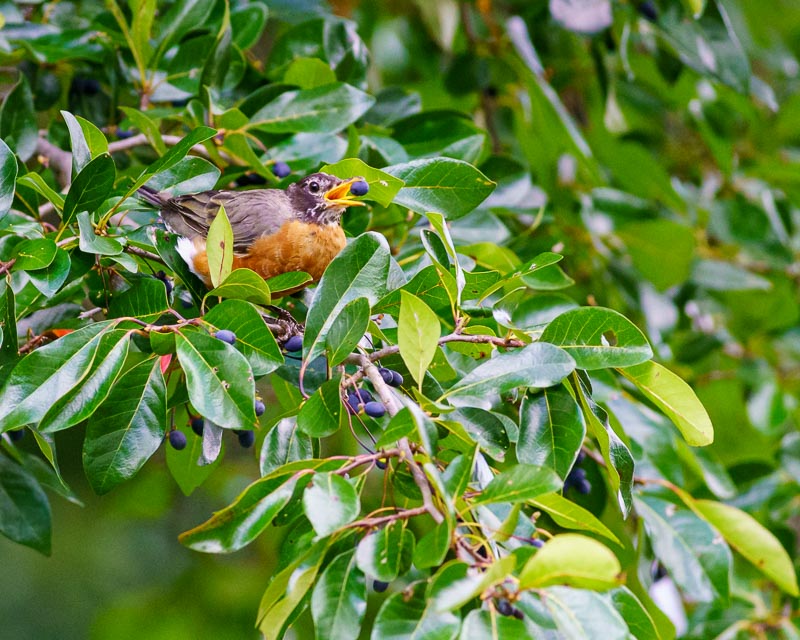Black Tupelo
Common Name:
Black Tupelo
Botanical Name:
Nyssa sylvatica
Mature Size:
30-50 ft. tall, 20-30 ft. wide
Sun Exposure:
Full, partial
Soil Type:
Moist, well-drained
Soil pH:
Acidic
Bloom Time:
Spring
Flower Color:
Greenish-white
Care:
Black gum trees are generally low-maintenance additions to a landscape, and they provide excellent ornamental value. Even though they take many years to reach their mature size, they must be planted in an area that allows them plenty of room to grow. That’s because these trees have a long taproot that reaches deep into the ground, which can be difficult to remove without harming the tree if you ever had the need to transplant it. It’s also not recommended to plant this tree near walkways, patios, and other areas that get a lot of foot traffic to avoid stepping on its dropped fruit. Otherwise part of your tree maintenance might involve cleaning up the fruit each year.
Trees in their first growing season will need regular watering, but after that you likely won’t have to worry about watering unless your climate is dry. Pruning on this tree is usually minimal. And fertilization should be done once a year. Furthermore, while the black gum tree typically doesn’t have any serious issues with pests or diseases, keep an eye out for leaf spots, cankers, leaf miners, and scale. Look for discolored or damaged foliage, as well as abnormal-looking bark and branches. An arborist can help you identify the problem and determine the best course to treat it.
Soil:
The black gum tree is tolerant of various soil types. It prefers loamy soil with an acidic pH and good drainage. But it can handle a spot with poor drainage and even some standing water. It also is moderately tolerant of clay soil, as well as gravelly or sandy soil.
Water:
The tree likes moist soil and should be watered regularly when it is young to maintain even soil moisture. However, it also has some drought tolerance, and mature trees can adapt to growing in relatively dry soils. Still, if you have a prolonged period without rainfall and your soil begins to dry out, you should water your tree.
Temperature and Humidity:
Black gum trees grow naturally in a variety of climates and are hardy both to cold and to heat. Humidity also usually isn’t an issue for the tree, as long as there is good air flow among its branches. Otherwise, high humidity and cramped branches can lead to fungal growth.
Fertilizer:
Feed this tree annually in the fall using a slow-release granular fertilizer. In general, use 2 cups of fertilizer per every inch of trunk diameter, measuring the trunk at about 4 feet off the ground. Sprinkle the fertilizer into the soil around the tree in an area that extends 1.5 times the distance from the trunk to the tips of the branches.
Pruning:
The black gum tree doesn’t require much pruning beyond trimming branches to retain your desired shape and removing any parts that are damaged, diseased, or dead. If any of the lower branches are drooping downward, you can prune those off if you wish to make walking around the tree easier. The best time for general pruning is in the late fall or the late winter after the coldest weather has passed, though you can take off problematic branches at any point.
Source:
https://www.thespruce.com/nyssa-sylvatica-black-gum-growing-tips-3269341
